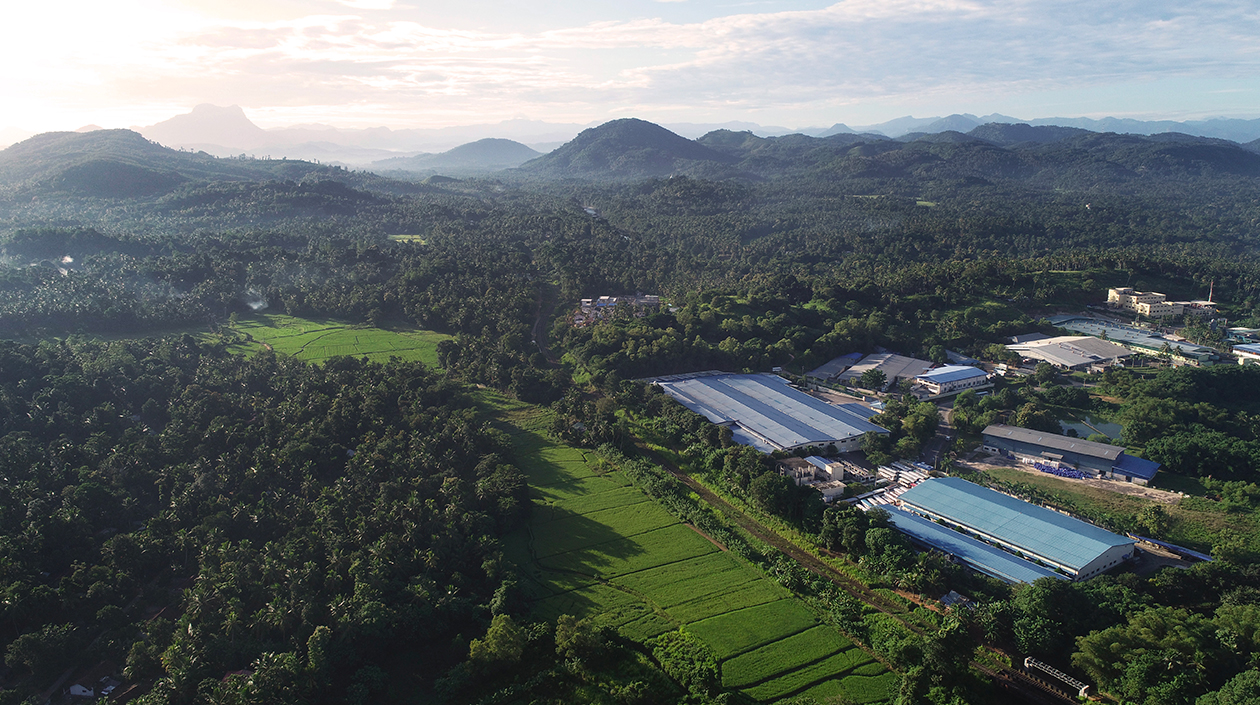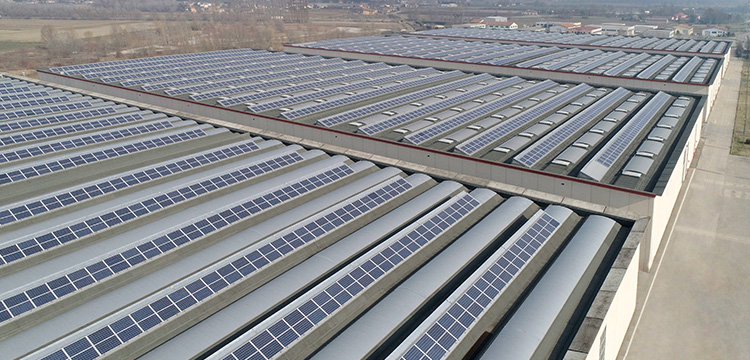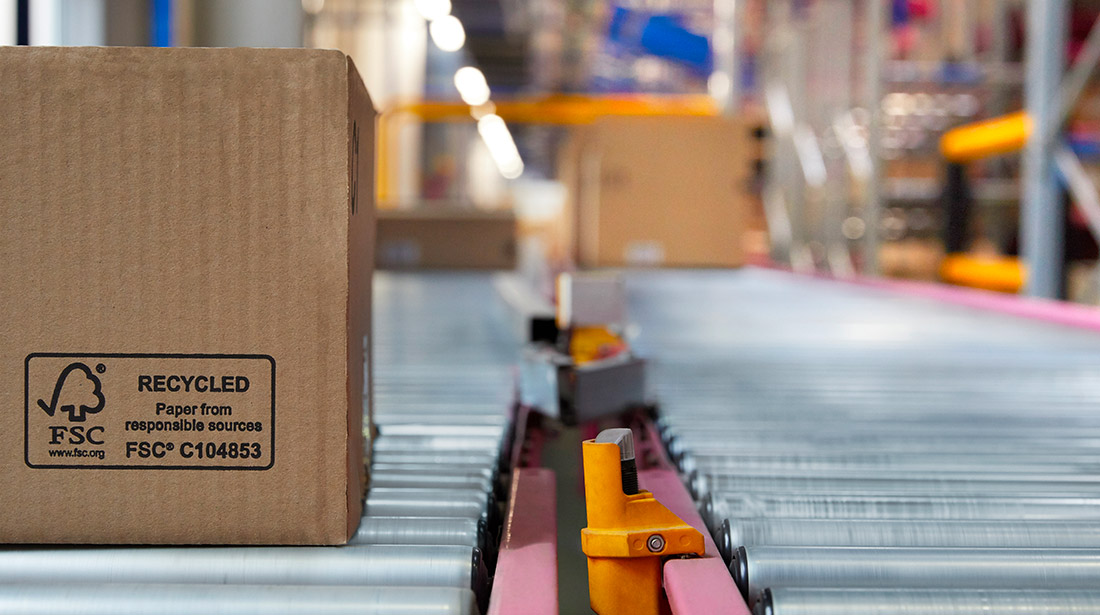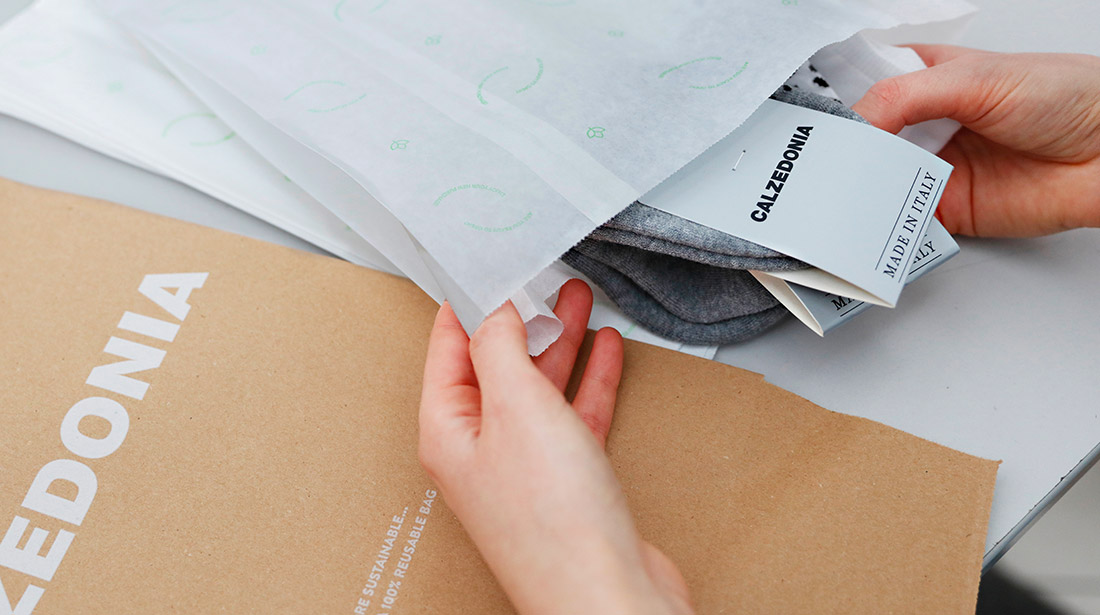
The Calzedonia Group is committed to reporting the environmental impacts of its business, striving to improve constantly and minimise them.
In the Code of Ethics, the Group has clarified how, in this context, its efforts seek to minimise the environmental impact with a series of measures implemented during all phases and the entire life cycle of its products, from design, production, distribution and retail through to end use.
In 2019, these commitments received a new boost following adhesion to the Fashion Pact, under the scope of which the Group is working to achieve shared objectives by which to halt global warming, restore biodiversity and protect the oceans.

48% renewable energy 76% of renewable electricity (18 thousand tonnes of 61.656 tCO2e avoided)

We are committed to zeroing deforestation by 2025

Reduction of disposable plastic
The Calzedonia Group has decided to analyse all phases of the production chain in order to identify its critical aspects. The reporting makes it possible to understand the problems and thus define a strategy aimed at reducing the environmental impact.

Following the start in 2021, in 2022 the collaboration continued with the WWF.The target set has been surpassed with 3,119,152.80 m2 having been cleaned up, 82 interventions and 4,690.85 kg of rubbish collected. The cleaning projects are significant but the efforts need to go further, solving the problem at the root, to prevent the plastic from reaching our seas.
Thus, together with the WWF and Marche Polytechnic University, we have launched a study aiming to analyse the impact of the release of microplastics in the swimwear production chain, starting with the dyeing of fabrics, followed by its use in the sea and through to washing at home.
The collaboration aims to answer various questions:
Once these questions have been answered, we will be able to improve our understanding of the variables that most impact the release of microplastics. Following this, action will be planned to minimise the issue and raise awareness amongst all chain players.